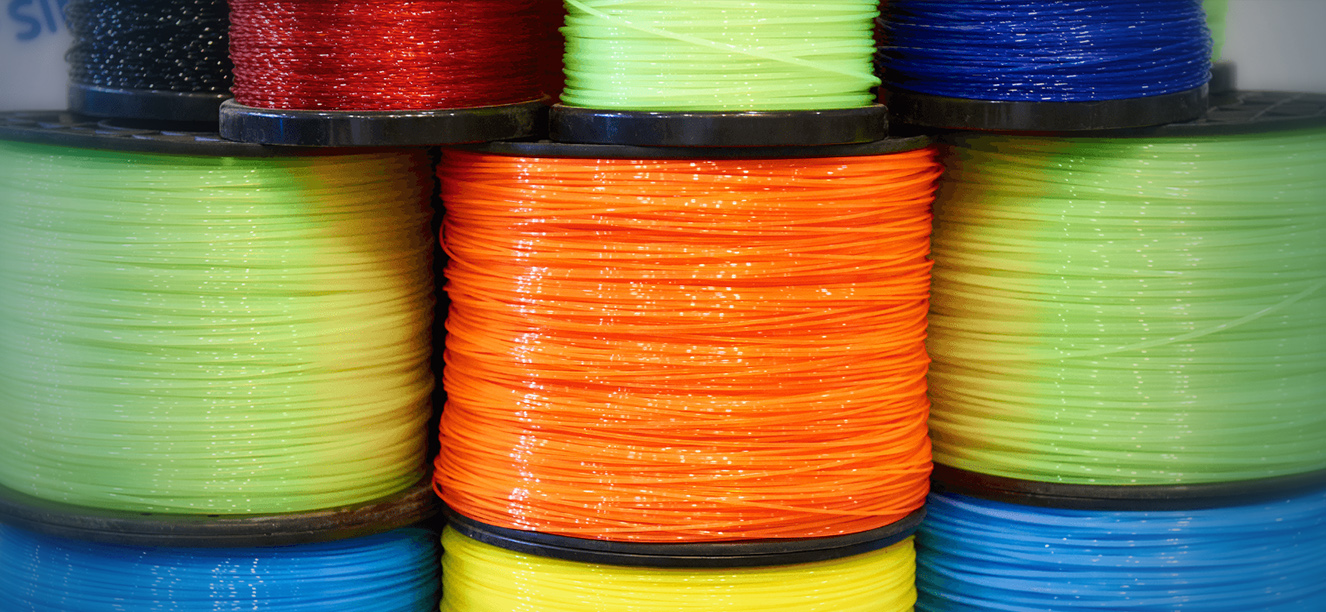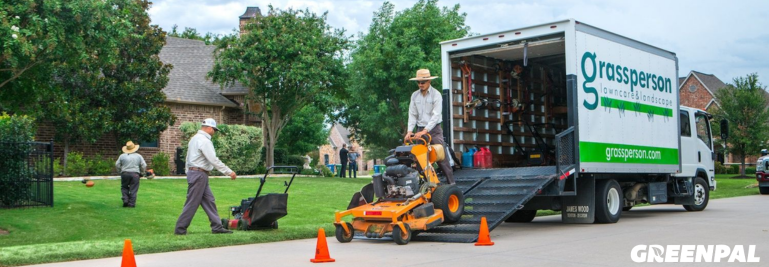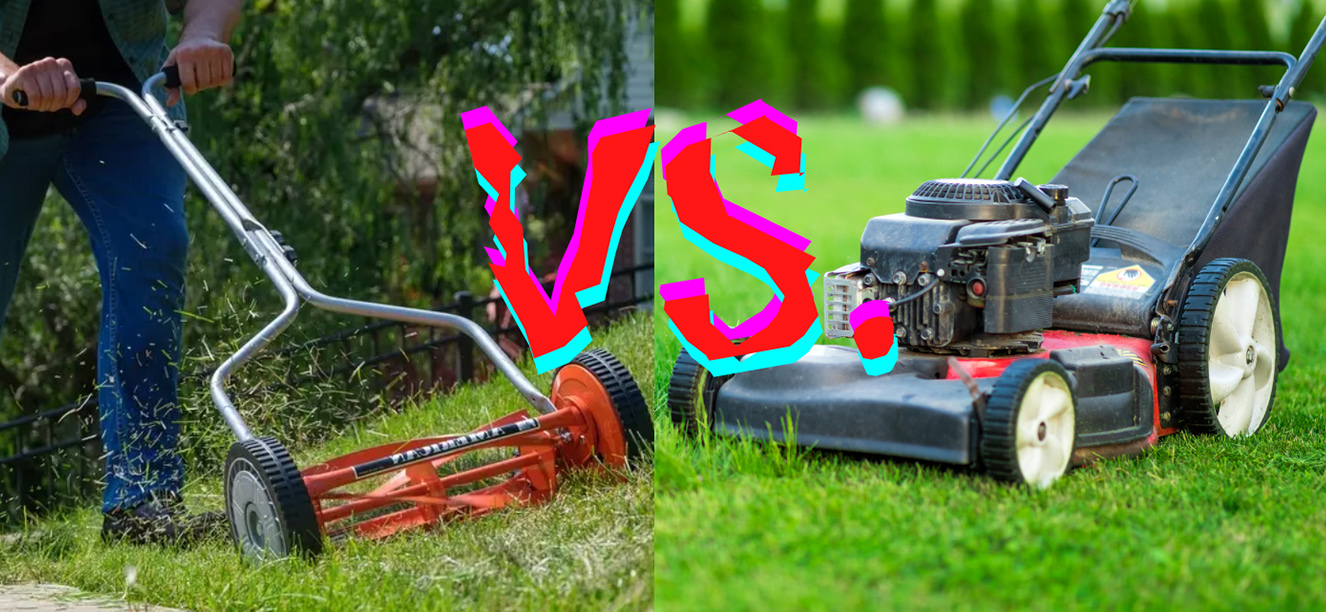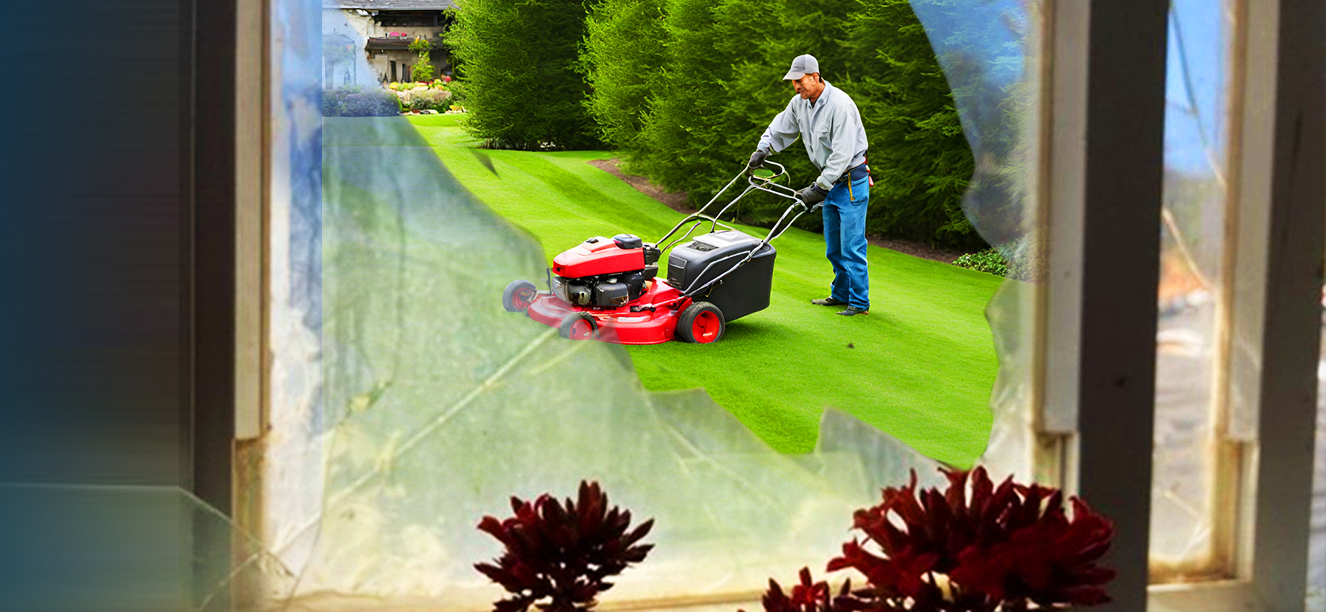Why Fescue Lawns Develop Brown Patches (and How Pros Should Respond)
When a client calls in a panic about brown patches in their lawn, it’s easy to assume disease or drought. But professionals know the truth: diagnosing fescue isn’t a one-answer problem. Heat, insects, thatch, and even invasive grasses can all create the same unsightly symptom.
For this guide, we pulled insights from lawn care professionals across the Midwest and Southeast, combined with industry best practices, to help you recognize and treat brown patches in fescue lawns. Use this as both a diagnostic checklist and a client-education tool.

Step-by-Step: How Pros Diagnose Brown Patches in Fescue
The best way to go about diagnosing brown patch in fescue is to follow this system. You'll save yourself from wasted treatments and ensure you move towards a solution.
Review Weather Conditions
Start with the basics. Temperature swings, humidity, and rainfall history can explain sudden changes in fescue color. Sudden drops after heat waves often trigger temporary stress.
Inspect for Thatch and Compaction
Probe the soil and check thatch depth. More than ½ inch of thatch or compacted soil layers blocks air and water, stressing the roots even if rainfall is adequate.
Check for Insect Activity
Conduct a tug test. If the turf lifts easily and grubs are visible, insect pressure is likely to blame. This rules out disease as the first cause.

Identify Off-Type Grasses
Look closely at brown patches. Nimblewill and creeping bentgrass both appear in fescue lawns, and their dormancy cycles create patchy spots that confuse homeowners.
Evaluate for Disease
Brown patch disease is a common culprit. Look for the distinct “smoke ring” edge around circular patches, especially visible in morning dew.
Assess Irrigation Patterns
Even in wet summers, poor drainage or uneven irrigation coverage can mimic disease. Use a catch-can test to confirm distribution if brown patches align with sprinkler zones.
Thatch and Compaction
Even tall fescue, which generally produces less thatch than other cool-season grasses, can struggle when layers build up or soil becomes compacted.
Problem: Thatch thicker than ½ inch and compacted soils suffocate roots.
Impact: Grass becomes more vulnerable to stress, even with adequate rainfall.
-
Recommendation:
Annual or biennial core aeration, especially in clay-heavy regions.
Pair aeration with overseeding to restore turf density.

Heat and Weather Stress
Fescue thrives in cool conditions but weakens under prolonged high temperatures. During the summer of 2025, pros in the Midwest noted turf browning after a “heat dome” followed by sudden cool fronts. The plant can recover, but thin areas should be overseeded in the fall. Preparing clients for these natural stress responses builds trust and prevents unnecessary fungicide applications.

Unwanted Grass Species
Off-type grasses like nimblewill and creeping bentgrass often cause confusion in fescue lawns. They don’t follow the same growth or dormancy cycles, which makes them stand out against healthy turf.
Nimblewill: Turns brown early in the fall and stays dormant until late spring.
Creeping bentgrass: Becomes weak and patchy during the summer heat.
Impact: Both grasses create uneven patches that look like disease or stress.
Grubs and Insect Pressure
White grubs can devastate fescue lawns by feeding on the roots, leaving turf that peels up like carpet. Scouting is critical in late summer and fall, and curative treatments can rescue lawns if caught early. Preventive grub control applied in spring is a best practice for high-value properties. Showing clients the grubs during inspection helps them understand the necessity of treatment programs.
Brown Patch Fungus (Rhizoctonia)
Brown patch disease is one of the most common fungal issues in fescue lawns. It has distinctive visual signs and thrives under specific conditions.
Appearance: Irregular circles of dead turf with a darker “smoke ring” around the edge.
Conditions: Most active in humid weather, especially with excess nitrogen.
-
Controls:
Fungicides help in high-pressure areas.
Cultural practices—mowing at the correct height and improving airflow—are equally important.
Best Practice: Apply fungicides preventively for stronger results.
Actionable Solutions Pros Can Deliver
Lawn care pros can deliver value by combining cultural practices with targeted interventions. Just as importantly, client education reduces panic calls and helps set realistic expectations about fescue’s limitations in extreme weather.

Key Takeaways for Lawn Care Professionals
Brown patches in fescue lawns rarely come from a single issue. They require a systematic diagnostic approach that considers weather, soil health, pests, grass species, and disease. By walking clients through the process, pros can build credibility and ensure the right solution is applied. At the same time, setting expectations about fescue’s seasonal stress patterns will improve client satisfaction and loyalty.
📌 Bottom line: Brown patches are a test of professionalism. With the right step-by-step approach, lawn care providers can solve the problem, educate the client, and strengthen their long-term service relationships.

Ready to Grow Your Lawn Care Business?
GreenPal connects professionals like you with homeowners actively searching for reliable lawn care. By becoming a GreenPal vendor, you’ll get access to steady leads, a simple payment system, and tools that help you stand out from the competition. If you’re ready to build trust with clients and grow your book of business, sign up today as a GreenPal vendor.




















